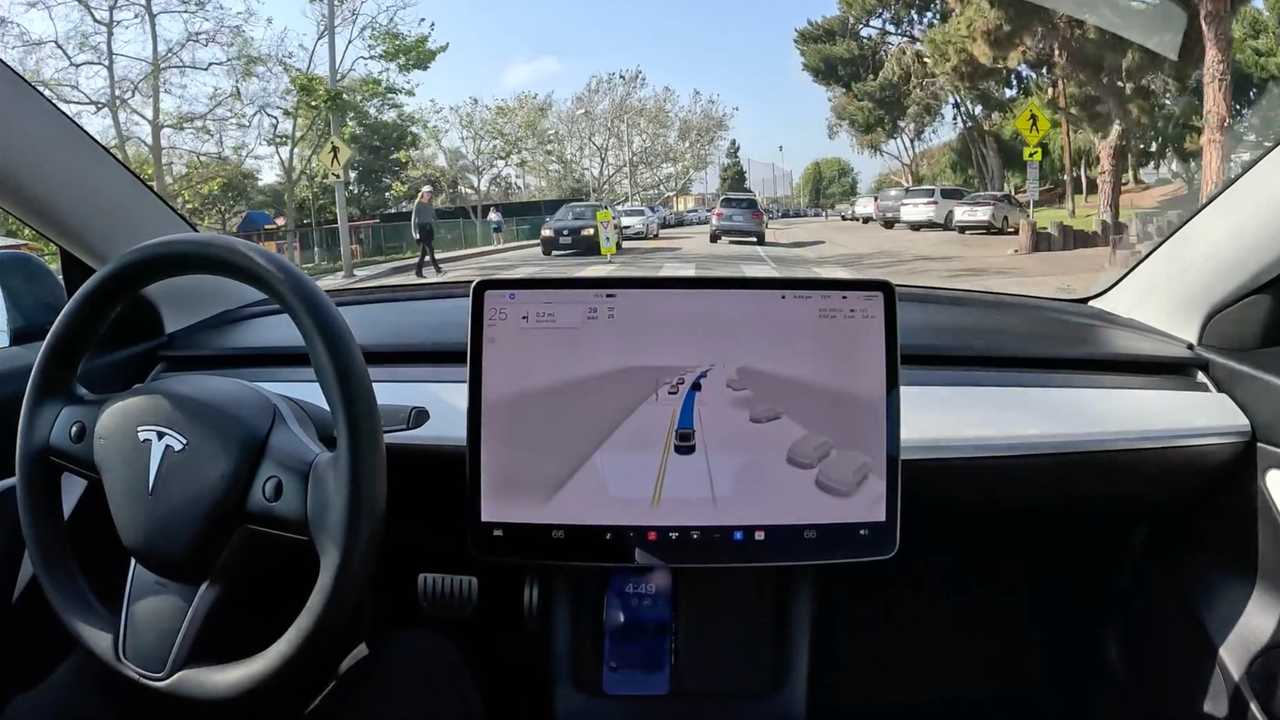A Florida judge has determined that Tesla, along with CEO Elon Musk and other managers, had knowledge of the defects in its Autopilot advanced driver assistance system but still allowed the cars to be driven unsafely. This comes after the judge ruled that a plaintiff in a lawsuit over a fatal crash involving a Tesla Model 3 can proceed to trial and bring punitive damages claims against the company for intentional misconduct and gross negligence.
The lawsuit is related to a 2019 crash in which a Tesla Model 3 collided with a truck, resulting in the death of the car’s owner. The judge noted that the plaintiff’s wife should be allowed to argue that Tesla’s warnings in its manual and “clickwrap” agreement were insufficient.
The judge cited a 2016 promotional video released by Tesla that showed one of its cars driving without human intervention. The video had a disclaimer stating that the driver was only present for legal reasons and that the car was driving itself. The judge found it significant that the video did not indicate that the technology was aspirational or not currently available in the market.
This ruling is a setback for Tesla, which has previously won two product liability trials in California involving the Autopilot system.
Judge Determines Tesla and Musk Had Knowledge of Autopilot Defect with Sufficient Evidence
In a groundbreaking ruling, a federal judge has determined that Tesla and its CEO, Elon Musk, had knowledge of a defect in their Autopilot feature, adding another chapter to the ongoing legal battles concerning the safety practices of the company.
The ruling came in response to a lawsuit filed by the family of a Tesla driver who tragically lost his life in a car crash while using the Autopilot feature. The lawsuit claimed that Tesla and Musk were aware of the defects in the system, but failed to adequately warn their customers or address the issue.
Judge Abigail Collins, presiding over the case, carefully deliberated the evidence presented by both the plaintiffs and the defendants. After thorough examination and expert testimonies, the judge found the evidence provided by the plaintiff compelling and convincing in proving that Tesla and Musk had knowledge of the Autopilot defect.
During the trial, it was revealed that Tesla had received numerous complaints and reports of the Autopilot feature malfunctioning and causing near misses, accidents, and even fatalities. Despite these incidents, the evidence demonstrated that Tesla had not taken sufficient action to resolve the issue or provide adequate warnings to its customers.
The judge heavily relied on internal documents obtained from Tesla, which revealed the company’s awareness of the flaws in their Autopilot system. One of these documents explicitly stated that “Tesla vehicles are not 100% autonomous and drivers should be prepared to take over at any moment.” This clear acknowledgement of the limitations of the system further reinforced the plaintiffs’ claims that Tesla and Musk were well aware of the dangers associated with the use of Autopilot.
Furthermore, it was revealed that Musk himself had made public statements endorsing the Autopilot feature and downplaying its shortcomings in terms of its limitations and potential risks. These statements, combined with the internal documents, provided the judge with substantial evidence that Tesla and Musk had knowledge of the defect.
The ruling has significant implications for Tesla and its CEO. The judge’s determination that there was sufficient evidence for Tesla and Musk’s knowledge of the Autopilot defect creates a legal precedent that could impact ongoing and future cases against the company.
Following the ruling, Tesla has stated that they disagree with the judge’s decision and plan to appeal. The company has long maintained that Autopilot is a driver-assist feature and that it continuously advises drivers to keep their hands on the steering wheel and pay attention to the road. Tesla also emphasizes that millions of miles have been safely driven using Autopilot, and that accidents where the feature is engaged are significantly less frequent than those in non-Tesla vehicles.
The ruling adds to the growing concerns surrounding the regulation and safety of autonomous driving technology. As self-driving features become increasingly common in modern vehicles, the need for clear guidelines and thorough testing becomes even more critical. This case underscores the importance of manufacturers and regulators rigorously assessing and addressing any potential flaws or limitations in such systems.
While this ruling represents a significant legal development, it is crucial to note that this is an ongoing issue, and further court proceedings and appeals are expected. The automotive industry, regulators, and technology companies must continue working together to ensure the safety of autonomous driving technologies and provide clarity to users about their capabilities and limitations.
The outcome of this case will undoubtedly have a substantial impact on the future of Tesla, but beyond that, it serves as a stark reminder of the responsibility that lies with manufacturers and key figures in the technology industry to prioritize safety and transparency when introducing advanced features that could potentially impact the lives of millions.

